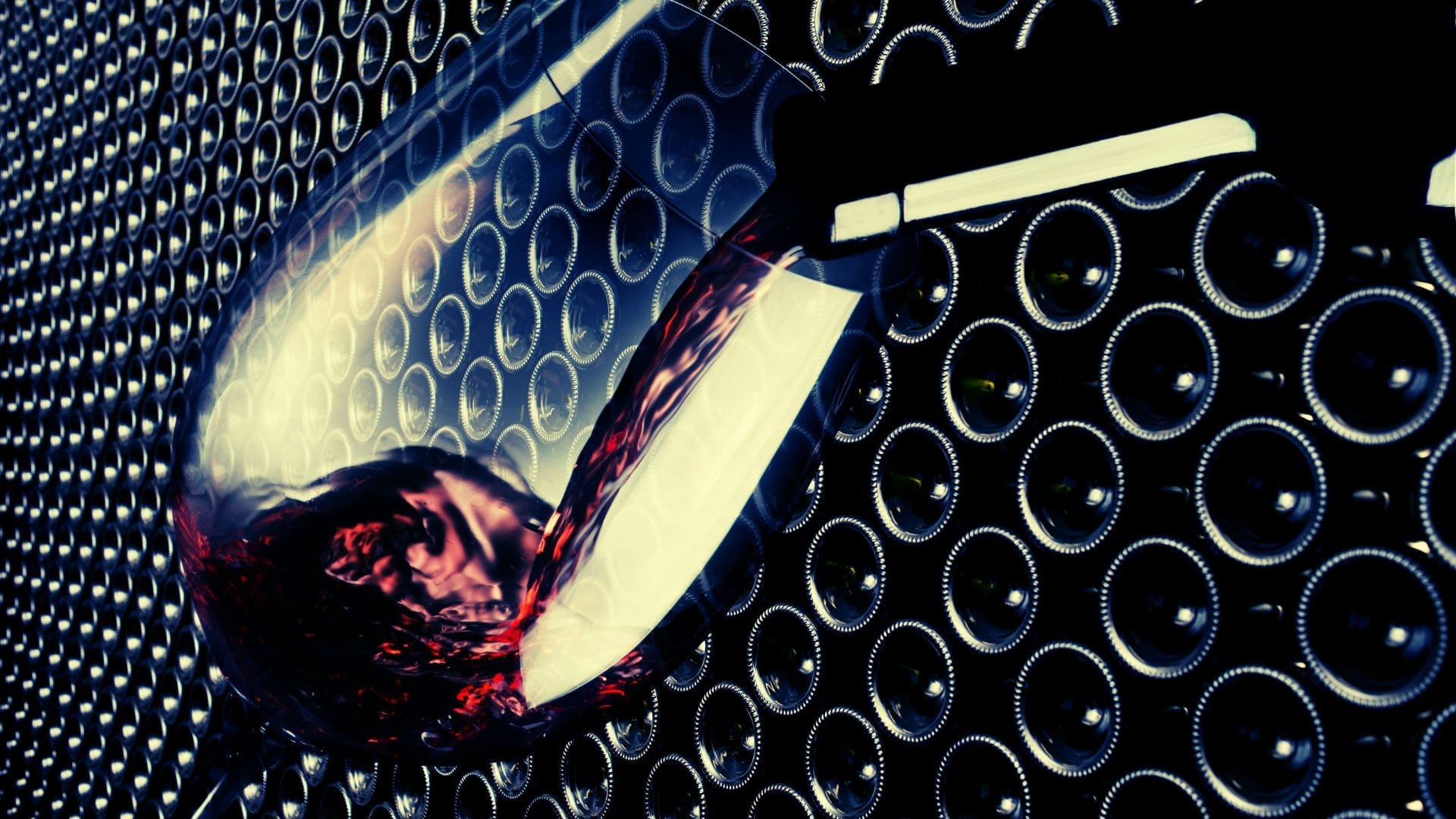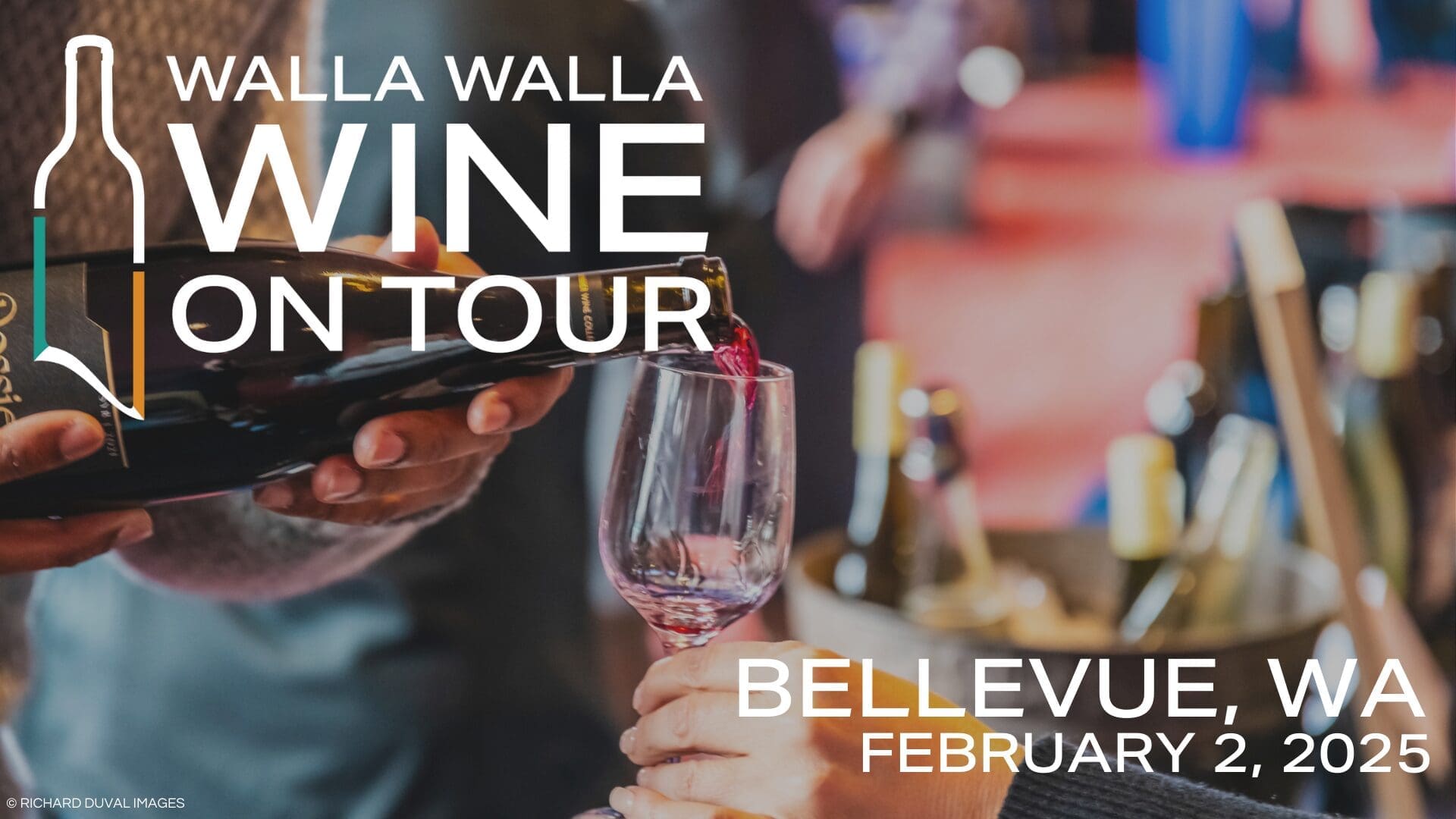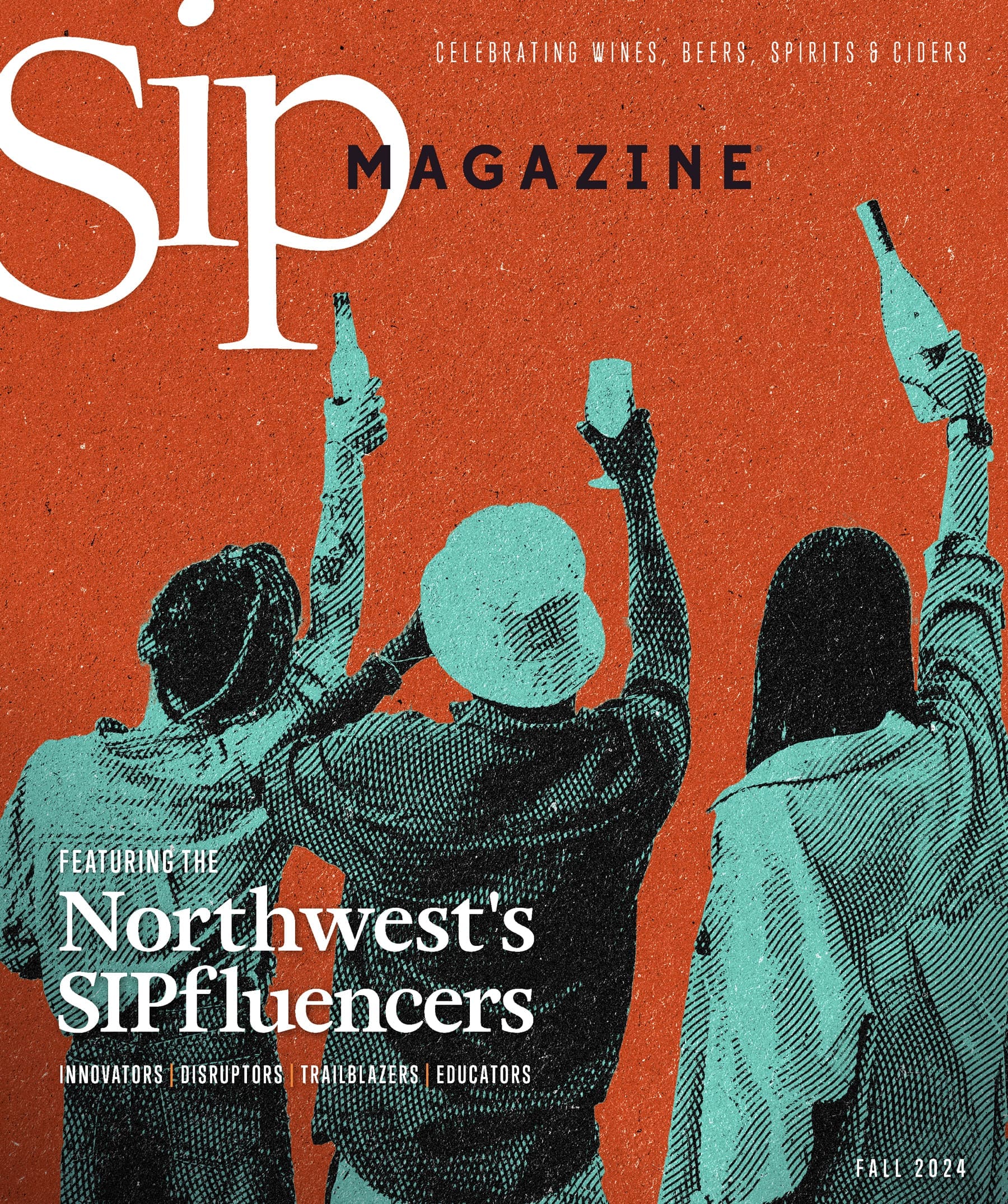Your wine has changed, and you might not even know it. The wines you buy from Northwest winemakers are subtly but discernibly different than the ones you might have found even just a decade ago. An interesting synthesis of science and artistry has allowed winemakers to both more carefully monitor their wines while allowing them to more truly express the unique characteristics of the place they’re grown.
This mini-revolution has started in the vineyard, with careful observation of grapes to make sure that they’re picked at the exact right moment. While in the past grape growers might have tested pH and sugar levels, there are now a suite of tests that can be done to determine the physiological and phenolic ripeness of each grape or cluster. Picking once that ripeness is achieved means that wines are not just full of bold fruit flavors but also have the earthy, meaty, or other secondary notes that lend much-appreciated complexity.
Ensuring full ripeness and development of flavor has also caused changes in the winery and cellar. It’s an open secret in the wine industry (beyond just the Northwest) that more than a few winemakers will cover up flaws in their wine with some chemical manipulation, sometimes adding acid if the grapes are overripe or even adding sugar if they’re underripe. Furthermore, large doses of new oak can cover a multitude of sins, and many palates are attuned to equate the dominant flavors of oaked wine (chocolate, woodsmoke) with expensive wines. While aging in oak barrels can add complexity to wine, it also often masks the flavor of the grapes, and if applied without restraint it can give the wine the impression of licking used firewood.
Fortunately, the technological revolutions that have swept through the Northwest wine industry over the last couple of decades have alleviated some of those issues. There are more technically trained winemakers and consultants than ever before, and as such more and more grapes are being picked at the ideal point in their maturation (so long as Mother Nature doesn’t interfere too much). With such a tremendous starting product, there is less pressure on winemakers to manipulate flavors through chemistry, and more incentive to letting the grapes, the vineyards, and the vintage speak for itself.
Granted, not every wine being made in the Northwest fits that description. There are still any number of wines that are poorly balanced, over-oaked, or more the product of a laboratory than a vineyard. Yet there’s also no doubt that much of the wine being made here these days is both more technically correct and also more balanced than the wine of a decade or two ago. That’s not to say there isn’t room for improvement—there always is, but the new standard for quality is a pretty high one.
Zach Geballe is a certified sommelier, a wine educator and a writer. He lives in Seattle, where he owns more wine than he can reasonably drink but loves to share. You can find him at @zgeballe or vinetrainings.com.









